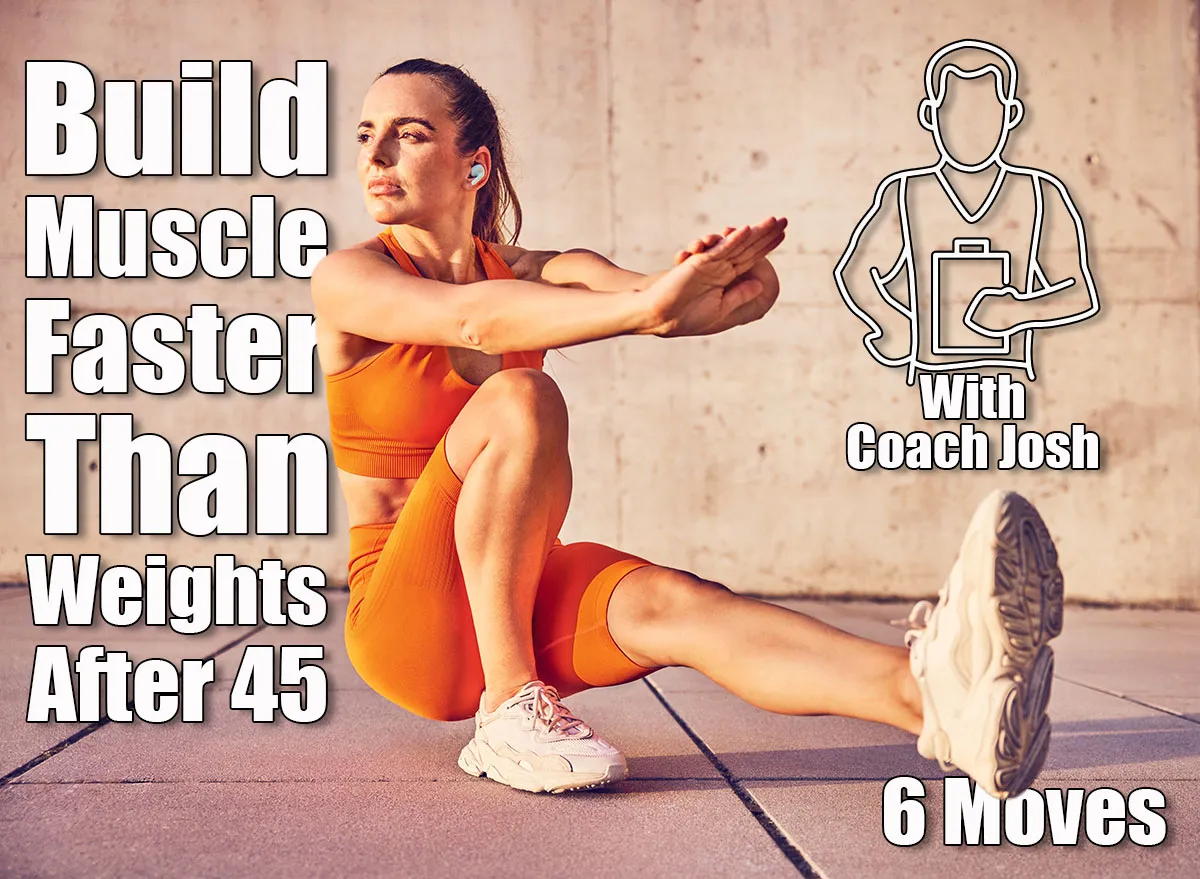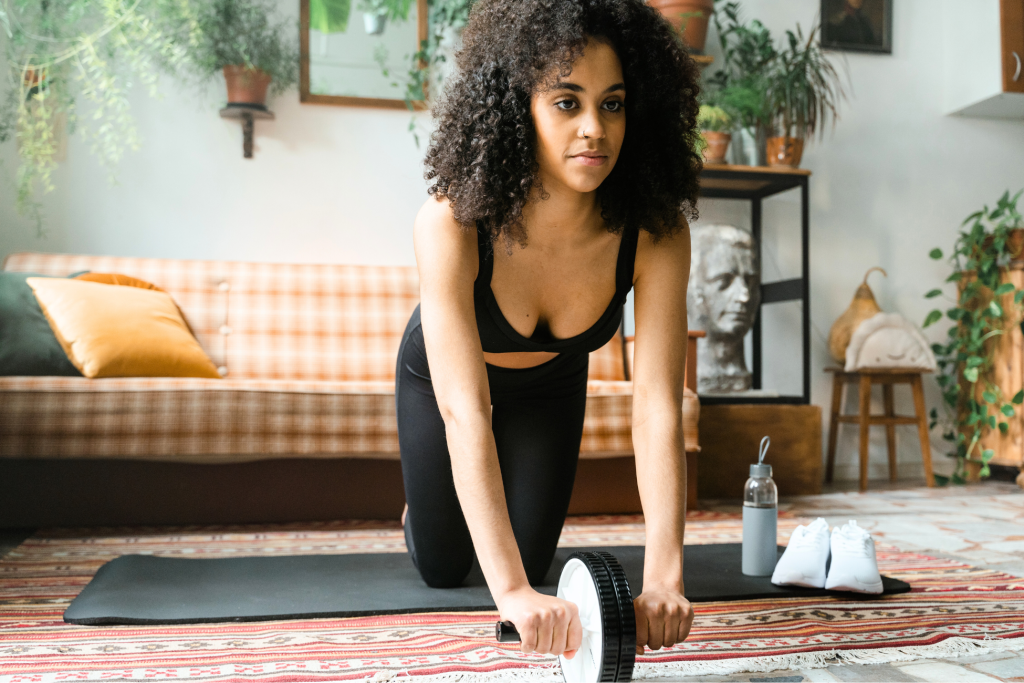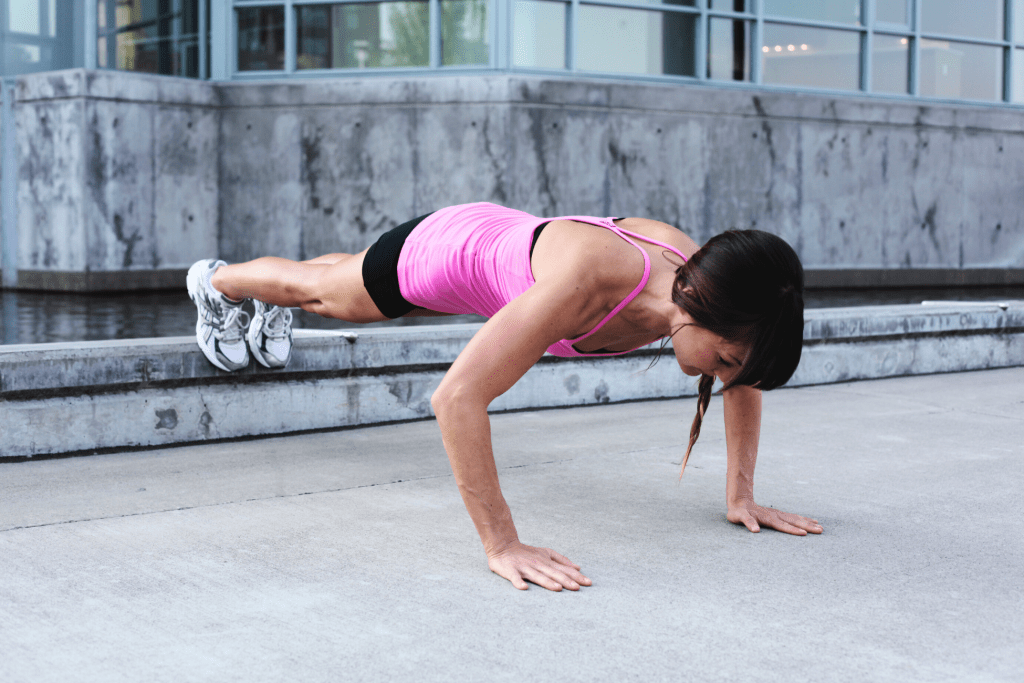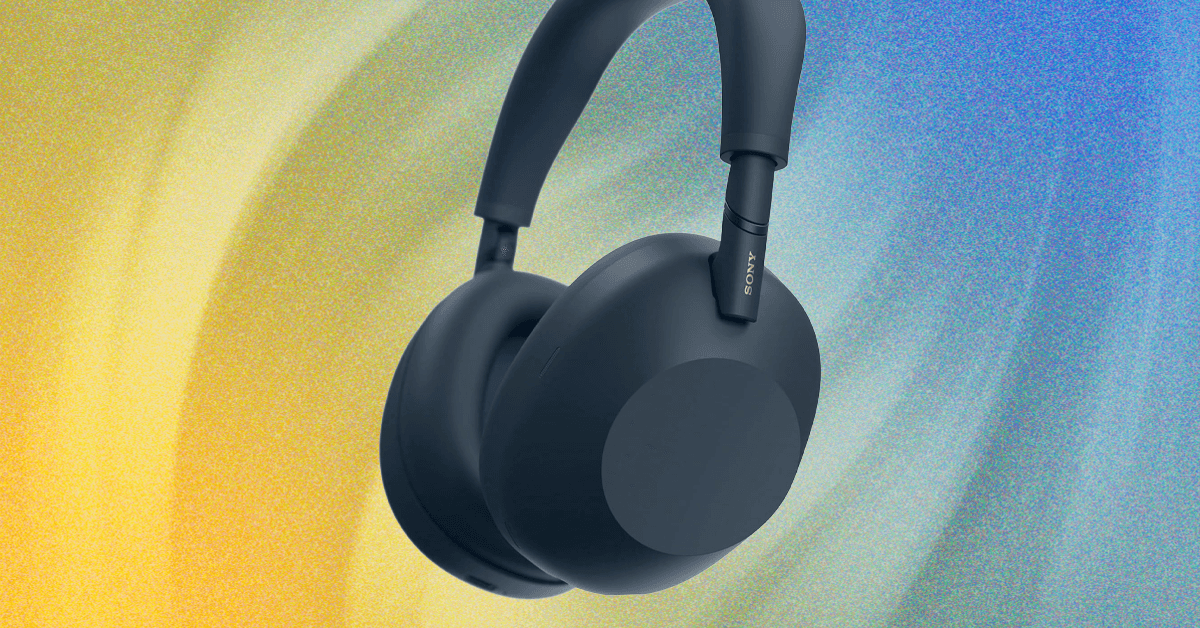If you’ve hit 45 and find yourself avoiding the gym because heavy weights feel harder on your joints, you’re not alone. Many people assume that building muscle after 45 requires lifting heavier and heavier weights, but that’s simply not true. Your body has changed, and it’s time your approach to muscle building changed too. These six bodyweight exercises can actually pack on muscle faster than traditional weight training, while being gentler on your joints and more functional for everyday life.
Why Muscle Building Changes After 45
There is a natural decline in muscle-building capacity after 45 due to age-related factors such as sarcopenia (muscle loss). You will also face hormonal shifts and reduced muscle protein synthesis which impact muscle mass and strength, ultimately making it more difficult to build and repair muscle tissue.
Bodyweight exercises may be more effective for this age group since they are easier on the joints with lower impact. They also mimic everyday movements to help improve functional strength and mobility, while being accessible, convenient, and easy to learn. For those just starting out, these 5 Bodyweight Moves That Keep You Strong and Lean After 50 provide an excellent foundation.
How Bodyweight Movements Support Recovery and Joint Health
Typical joint health and recovery concerns for adults over 45 include age-related stiffness, reduced mobility, and increased risk of joint pain and injury. Bodyweight movements such as dynamic stretching and mobility drills improve flexibility and mobility by increasing the range of motion in joints and help lengthen the muscles. This will combat age-related stiffness, while allowing for freer, more fluid movement. Additionally, these exercises strengthen the muscles around the joints to provide better support and stability to allow for alleviated pressure on joints.
The 6 Muscle-Building Bodyweight Moves
Wall-Sit Holds with Calf Raises


Step-by-step instructions: Stand with your back flat against a wall. Place your feet shoulder-width apart and about two feet from the wall. Slowly slide your back down the wall until your knees are at a 90-degree angle. Engage your core and press your shoulders into the wall. Keep your knees over your ankles and raise both heels off the ground by pressing through the balls of your feet. Hold this position for one to two seconds and contact your calves at the top. Lower your heels back down slowly and repeat. Keep your glutes, quads, and core engaged throughout.
Sets/Reps: Do three to four that consist of 30 to 45 second wall sits and 10-15 slow calf raises.
Target muscles: This exercise works your quads, glutes, calves, and core stabilizers. Its particularly effective because this strengthens your lower body and ankle complex which are crucial for maintaining balance, reducing the risk of falls, and preserving mobility. Improved calf strength can also increase circulation and joint stability.
Progressive variations: Easy progressive variations can be achieved by increasing the wall sit time or performing a single-leg calf raise. You can also add a pulse at the bottom of each calf raise.
Safety modifications: Perform this workout with a shorter depth in the wall sit by only going 45 to 60 degrees if you have previous injuries. You can also add a towel behind your lower back for added support if needed.
Pistol Squats


Step-by-step instructions: Stand with your feet hip-width apart. Shift your weight onto one leg and lift the opposite leg straight out in front of you, keeping it locked out and hovering off the ground. Extend your arms straight out in front of you for balance. Engage your core and brace your glutes. Keep your chest proud and your spine neutral. Take a deep breath and begin to slowly lower by bending the knee of your standing leg. Push your hips back while keeping your lifted leg extended and off the ground. Keep your knee in line with your toes and control the descent using your quads and glutes. Lower until your hamstring touches your calf or as low as your mobility allows. Exhale and push through your heel to return to the starting position. Drive the movement through your glutes and quads as you extend your knee and hip to full lockout.
Sets/Reps: Do three to four sets of six to 12 reps.
Target muscles: Pistol squats engage major lower-body muscles including the quads, glutes, hamstrings, calves, and the core for stability. For adults over 45, these muscles are vital for supporting balance, mobility, and joint health. Strengthening them can reduce the risk of falls, enhance coordination, and improve functional movements that are key to staying active and independent.
Progressive variations: If looking for a challenge, try tempo pistol squats where you focus on the eccentric motion for a three to five second count. Additional options include bottom-up pistol squats where you start seated and stand up or pause pistol squats that adds a pause at the bottom of the movement.
Safety modifications: Two of the best modifications are using a TRX band or rubber band to hold onto as your lower and sit back on a box to add a natural pause.
Plank to Push-Up
Step-by-step instructions: Lie face down on your stomach. Place your forearms parallel on the ground with your elbows underneath your shoulders. Extend your legs straight back and shoulder-width apart. Engage your core while squeezing your glutes and quads to raise off the ground. Press through one hand to lift yourself into a push-up position. Focus on driving through your shoulder and core. Once in position, slowly lower back down one arm at a time to your forearms.
Sets/Reps: Do three to four sets of six to 10 reps.
Target muscles: Plank to push-ups will work your core, chest, shoulders, triceps, and stabilizing muscles in your hips and back. This will help to strengthen both push strength and anti-rotational core control, all crucial for improved posture, shoulder health, and reducing fall risk.
Progressive variations: Make this more challenging by performing the movement slower. Once in the push-up position, try completing push-ups or adding in a shoulder tap.
Safety modifications: You can perform this exercise with your hands placed on an incline if suffering from shoulder or wrist issues.
Dips


Step-by-step instructions: Grab the bars with a neutral grip. Extend your arms fully and lift your body off the ground. Push your shoulders down and back. Puff your chest out with a big breath. Lean slightly forward. Brace your core and glutes. Slowly lower to the ground by bending your elbows. Keep your elbows close to your body. Press firmly on your palms and extend your arms to push your body back up.
Sets/Reps: Do three to five sets of six to 12 reps.
Target muscles: Dips primarily target the triceps, pecs, and anterior deltoids. These muscle groups are crucial for people over 45 because they support upper body strength, joint stability, and functional movements like pushing yourself up from a chair or catching yourself during a fall. Strengthening them helps combat age-related muscle loss, improves posture, and enhances overall mobility and independence.
Progressive variations: A simple progressive variation for dips is to elevate your legs on a chair or bench to increase the amount of weight your body muscles must support. An ultimate challenge would be to use gymnastics rings to force you to work on stability too.
Safety modifications: Keep your legs closer to your body to help take the weight off your shoulder and arms during your exercise.
Bird Dogs


Step-by-step instructions: Position yourself on all fours with your hands directly under your shoulders and knees under your hips. Activate your core by pulling your belly button towards your spine. Extend one arm forward and the opposite leg straight back. Focus on engaging your glutes and shoulder stabilizers to maintain control. Pause at full extension then slowly return to all fours.
Sets/Reps: Do three to four sets of eight to 10 reps per side.
Target muscles: Bird dogs focus on the core – specifically the transverse abdominis. It will also help to work the glutes, lower back, and shoulder stabilizers. These muscles aid in better spinal health and reduced back pain so you can complete everyday tasks.
Progressive variations: Try hover bird dogs to increase the difficulty by lifting your knees slightly off the ground. You can also extend your hold at full extension or complete a crunch between reps by bringing your elbow and knee together underneath you before re-extending.
Safety modifications: A safety modification if you have pain is to reduce the range of motion. Prioritize spinal alignment and muscle control over range of motion or speed.
Standing Glute Kickback


Step-by-step instructions: Find support with a chair, table or wall. Slightly bend your knees and hinge at your hips. Lean your torso forward about 45 degrees. Shift your weight onto your supporting leg while keeping your core tight and back straight. Life the leg you’ll be kicking slightly off the ground and bent. Engage your glutes to initiate the movement. Kick your leg straight back by extending at the hips. Hold and squeeze your glutes once your leg is fully kicked back. Slowly control your leg back to the ground.
Sets/Reps: Do three to four sets of 12 to 15 reps per leg.
Target muscles: Standing glute kickbacks primarily target the glutes, while providing support from the hamstrings, core, and hip stabilizers. Strong glutes are critical for pelvic stability, lower-back support, improved posture, and balance.
Progressive variations: The difficulty for this exercise can be to add a small three to five second pulse at the top or hold an extended kickback.
Safety modifications: Utilizing a wall or sturdy support object can help to reduce strain on the spine and improve balance. You can also reduce pressure on the joints by doing glute bridges or lying kickbacks.
How to Structure Your Weekly Routine
Getting maximum results is about balancing training intensity, frequency, recovery, and movement variety. Structure them into either a three- or four-day split to emphasize both the upper and lower body, while still allowing for rest and recovery.
An example workout routine would be:
Day 1: Lower Body + Core Stability Wall-sit with calf raises Standing glute kickbacks Bird dogs
Day 2: Upper Body Push + Core Plank to push-up Dips Bird dogs with variation
Day 3: Lower Body Strength + Balance Pistol squats Standing glute kickbacks Wall-sit hold with calf raises
Day 4 (Optional): Full Body Strength + Endurance Plank to push-up Standing glute kickbacks Bird dog Wall-sit hold with calf raises Dips
For those looking for a complete bodyweight program, this comprehensive Best Bodyweight Workout for Men Over 50 offers additional exercise variations and programming options.
Nutrition to Support Muscle Growth
Begin by focusing on optimal protein intake that is event distributed per meal to help maximize muscle protein synthesis. Lean into high-quality protein resources such as lean meats, poultry, fish, eggs, dairy products, legumes, nuts, and seeds. You also want to incorporate anti-inflammatory foods. It’s critical to stay hydrated, replenish electrolytes, and ensure adequate consumption of calcium and vitamin D to round out a healthy body.
When You’ll See Results
Visibility will vary based on each person’s individual body. Typically, in one to four weeks, you may notice that workouts become easier and energy levels will increase as your strength and coordination improve. By weeks four to eight, your muscles will feel firmer, and clothes may begin to fit differently. This will all lead to noticeable muscle definition throughout your body.
To assess your progress objectively, consider trying these 10 Bodyweight Exercises Over 50 as benchmarks for your fitness level.













Leave a Reply